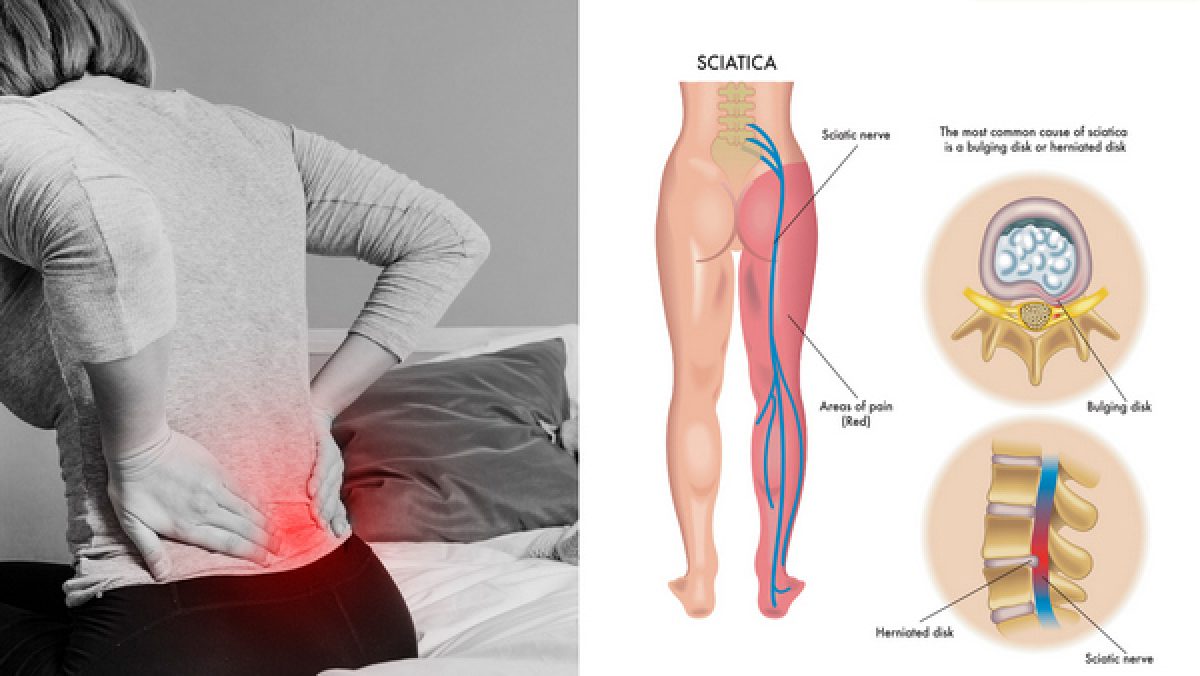
Back Pain & Sciatica in New York
Have you been experiencing excruciating pain in your back when you wake up in the morning? Do you feel a stinging pain in your thigh, buttock or back? Have you been practicing caution with everything you do to avoid hurting your back? If you have an affirmative answer to these questions, then you are in immediate need of physical therapy.
Back pain and sciatica are two different health conditions. However, they have been confused with each other in various instances. Back pain is limited to the upper, lower, and mid back regions. On the other hand, sciatica is a radiating pain that goes down the thigh, buttocks, and even the legs. Sciatica can also involve radiculopathy, in which you would feel a radiating numbness, burning, tingling, or sharp pain in a specific area of the leg. It generally happens due to a herniated disc or a trapped nerve in the concerned area.
Most people would look for medications to obtain relief from back pain or sciatica. However, medications can only help you mask the symptoms. You can fight against back pain and sciatica by seeking out the root cause of the problems. Physical therapy is the first preference for treatment of back pain and sciatica. It can help you avoid harmful painkilling medications such as opioids and invasive surgical procedures.
How Will Physical Therapy in New York Help You with Back Pain and Sciatica?
Back pain might seem like a trivial health condition to many people. However, problematic factors such as poor muscle coordination, restricted joint movements, and core weakness can create risks of back injury in future.
You can find the ideal and most effective tool to treat back pain and sciatica in physical therapy. Physical therapists create personalized treatment plans for back pain and sciatica based on patients’ diagnoses. In the initial stages, physical therapy focuses on offering quick relief from pain.
Once you experience a reduction in pain, the physical therapist will focus on strengthening your core muscles by using special stretching exercises and therapeutic techniques. By focusing on your core muscle group, you can increase your range of motion and your strength to prevent back injuries. As you move further in the treatment plan, the therapist will teach you about ergonomics and best practices to keep your back safe from future injuries.
For patients with complaints of sciatica, physical therapists also use specific leg stretches in the treatment plan. The leg can help in soothing the sciatic nerve and restore its natural health, thereby ensuring faster reduction of symptoms.
How Can You Differentiate Back Pain from Sciatica?
Sciatica
Sciatica is a notable type of back pain associated with excruciating and uncomfortable pain. Patients with sciatica experience pain in their sciatic nerve, the largest nerve in the body.
The sciatic nerve runs from your lower back and splits at the base of the spine, from where it moves towards your buttocks legs and then to the bottom of your feet. If the sciatic nerve is irritated or compressed, it could create a burning, shooting, or stinging sensation in the lower back, feet, buttocks, and legs.


Back Pain
Back pain is a broader medical term that can be attributed to an assortment of different conditions. For example, a lifting injury, poor posture, or an accident may be a few reasons for back pain. Physical therapists consider the reason for which you have back pain and its exact location alongside your medical history. Back pain could be short-lived or chronic, where it may last for more than three months.
What is Responsible for Back Pain or Sciatica?
Back pain can generally emerge as a result of injuries due to repeated straining motions, such as climbing up a ladder multiple times throughout the day. Serious trauma due to accidents can also cause back pain. On top of it, underlying conditions like herniated discs also cause immense pain and can lead to radiculopathy pain in the thigh, feet, or legs. Back pain can also be a natural consequence of aging that leads to degenerative disc disease, in which you can experience dull and aching pain in the lower back.
Sciatica is also known as lumbar radiculopathy and is common among people in the age group of 30 to 50 years. You can develop sciatica due to many other types of injuries, such as bone spurs and injuries that affect your sciatic nerve. People with sciatica are most likely to lose flexibility in the pelvis and hips, thereby tightening the muscles in the hips and glutes. It can affect the movement of the spine and increase compression on the sciatic nerve.
Find Relief from Back Pain and Sciatica in NY
Our team of physical therapists can help you manage pain due to back pain and sciatica with the use of personalized therapy. Physical therapy is safe and free of any prescription drugs. The non-invasive treatment can ensure faster natural healing. Consult with our physical therapists right now for more information about back pain and sciatica.
